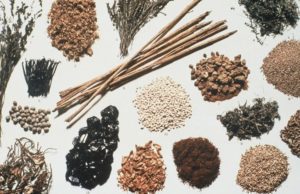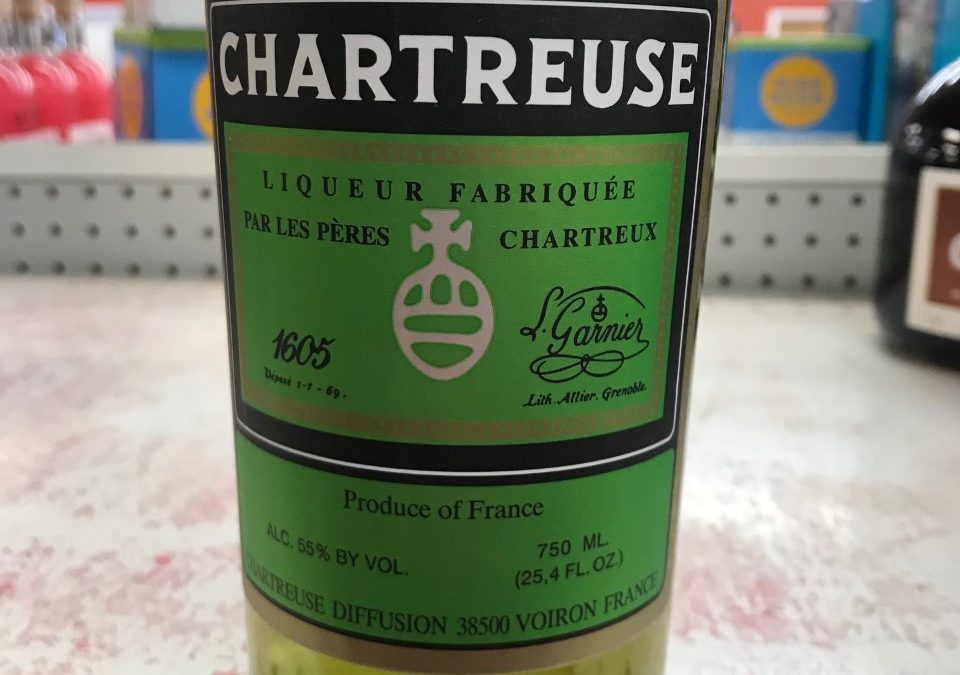By Bob Lipinski
Historically liqueur is derived from the Latin word liquefacere and means to dissolve or melt, a fitting term since the process of making liqueurs involves dissolving selected ingredients in a distilled spirit. The term cordial is derived from the Latin word cor or cordis, meaning heart, and was formerly used only for those liqueurs that were thought to have a tonic or stimulating quality because of the medicinal components of their flavorings.
Liqueur and cordial are recognized globally as interchangeable terms for the same product. In the U.S. they are always mentioned together in federal and state laws and regulations. Although liqueur is generally accepted as the European name and cordial as the American, there are many exceptions. For brevity, liqueur will be used in place of the redundant term cordial.

Flavor Sources of Liqueurs
A liqueur is an alcoholic beverage made by mixing or redistilling any type of spirits with herbs, seeds, barks, roots, plants, fruit, flowers, fruit stones, peels, juices, or other natural flavoring materials, and containing not less 2.5 percent sugar. Most liqueurs contain large percentages (up to 35 percent) of a sweetening agent. There is no minimum or maximum alcohol level mandated by U.S. federal regulations; most liqueurs are between 34 to 60-proof, while others are as high as 100 or more proof.
All liqueurs are initially colorless; harmless artificial (and natural) colorants are added, along with sugar before bottling.
Crème is a French term applied to liqueurs, which refers to sweetness and not to dairy creams. Supposedly, the word crème comes from crème de la crème or “the best.” Crème describes most liqueurs made from one primary flavor. Some examples are Crème de Cacao and Crème de Menthe.
Cream liqueurs are mixtures of dairy cream and whiskey, rum, brandy, or neutral spirits (mostly from Ireland and Scotland, among many countries), usually beige-colored with an alcohol content between 17 and 20 percent. These are best enjoyed chilled from the refrigerator or over ice. After opening, they should be refrigerated and consumed within six months.
Liqueurs can be served at room temperature, chilled from the refrigerator or over ice. A liqueur poured over crushed or shaved ice is called a frappé. Liqueurs are also suitable as “long drinks” (with seltzer) and in cocktails and can be used in cooking. Glasses used for liqueurs should contain 4 to 6 ounces.
Most liqueurs are served after dinner because of their high sugar levels. Liqueurs are also natural digestives because they contain many bitter botanicals.
Bob Lipinski is the author of 10 books, including “101: Everything You Need To Know About Whiskey” and “Italian Wine & Cheese Made Simple” (available on Amazon.com). He conducts training seminars on Wine, Spirits, and Food and is available for speaking engagements. He can be reached at www.boblipinski.com OR bkjm@hotmail.com


 Bob Lipinski, author of 10 books; writes, consults, and conducts training seminars on Wine, Spirits, and Food and is available for speaking engagements.
Bob Lipinski, author of 10 books; writes, consults, and conducts training seminars on Wine, Spirits, and Food and is available for speaking engagements.
Recent Comments